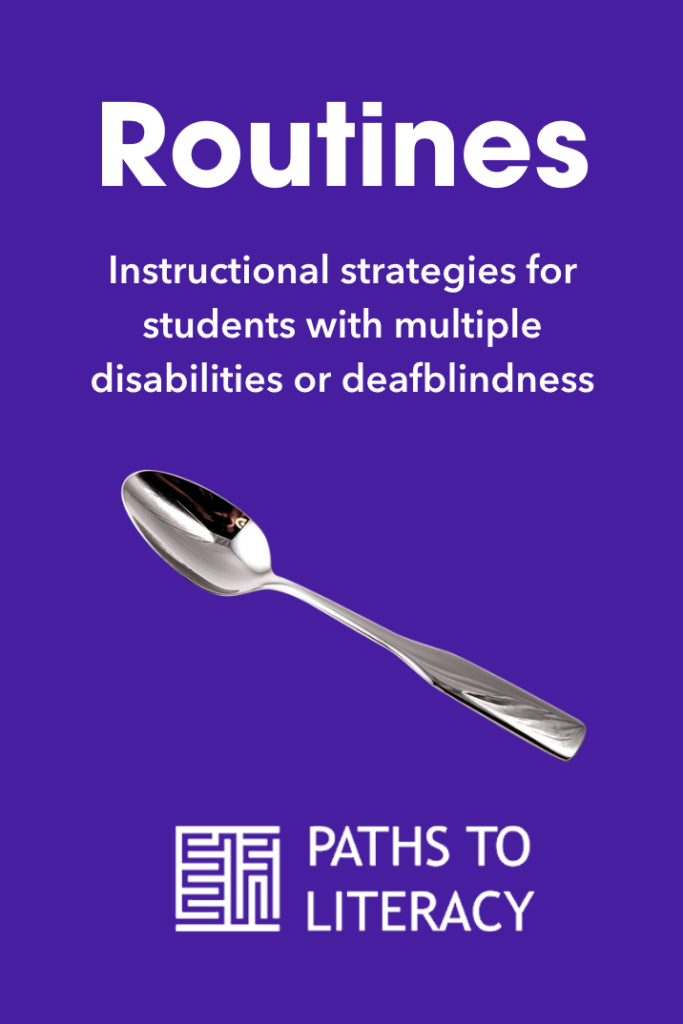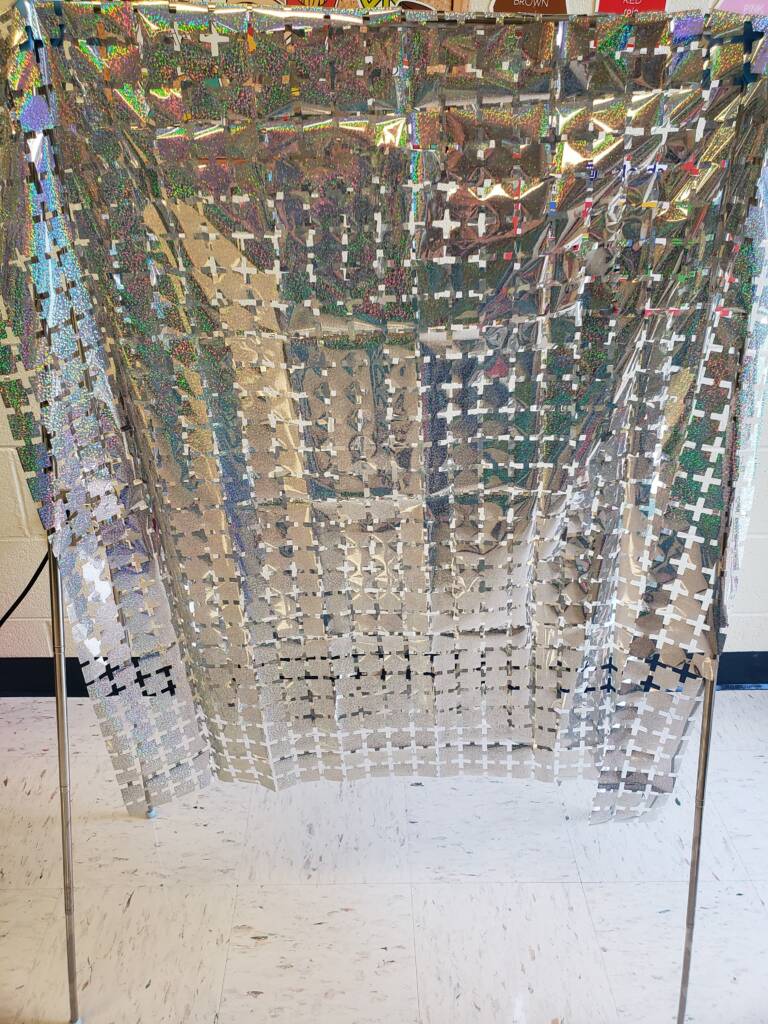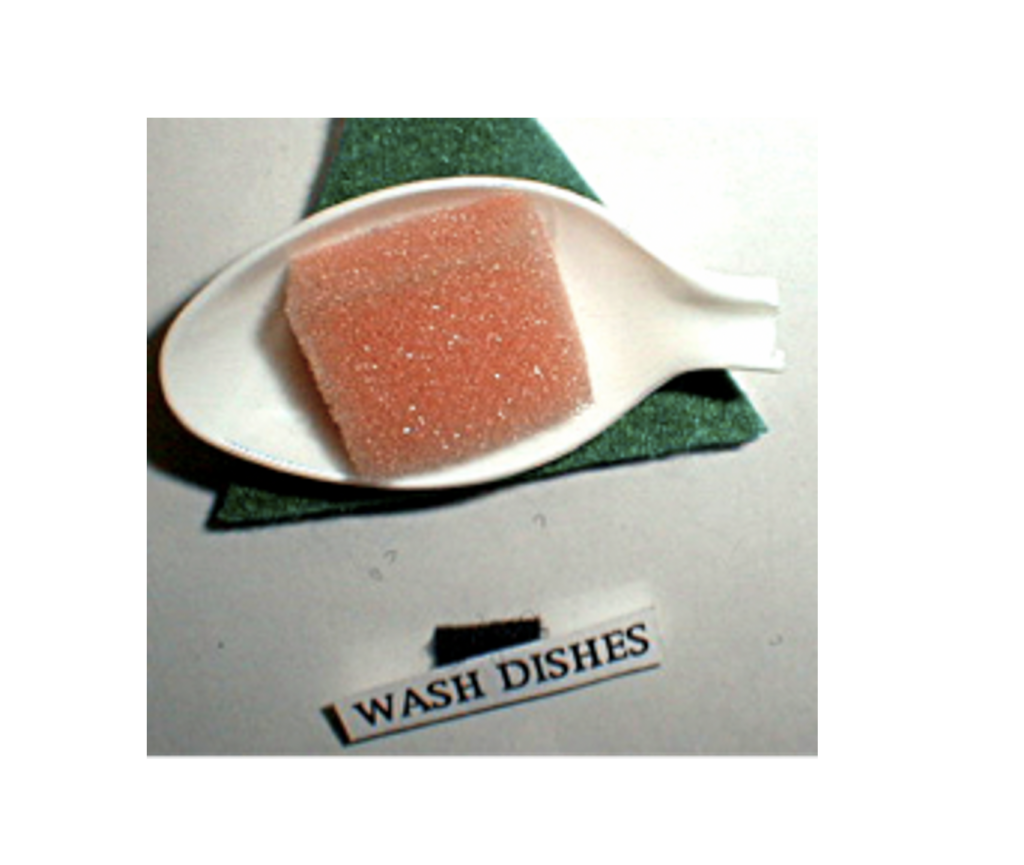A routine is an instructional strategy developed to increase the level of participation in activities for students who require consistency and repetition in order to learn. Any activity can be designed to be a routine. An activity is not a routine unless it meets the following criteria.
- There is a clear signal to the student that the activity is starting.
- The steps of the activity occur in the same sequence.
- Each step is done is the same way each time (same materials, same person, same place).
- Assistance is given the same way each time until the student is ready for a lower level of prompt.
- The pacing of instruction is precisely maintained until the activity is finished (no side conversations, going off to get something you forgot, or spontaneously adding new or different steps that won’t happen the next time the activity is done).
- There is a clear signal to the student that the activity is finished.
What do routines look like?
Here is a sample activity routine that meets the above criteria.
| Steps: | Participation Level: |
|---|---|
| 1. Get spoon from calendar box. | Student extends hand toward spoon then hand over hand assistance for picking up spoon. |
| 2. Take spoon to eating area. | Student holds spoon while wheeled to table. |
| 3. Give spoon it to adult to request meal. | Student looks at adult and extends hand with spoon toward adult. Adult takes spoon. |
| 4. Sit at appropriate place. | Student assists in transfer from wheelchair to adapted chair by partial weight bearing. |
| 5. Place napkin in lap. | Student extends hand toward napkin. |
| 6. Open milk. | Student extends hand toward milk. |
| 7. Eat and drink. | Student requests drinks by touching milk carton placed two inches from hand, then hand over hand grasping and raising of carton with straw to mouth. Student requests bite by touching spoon placed two inches from hand, then hand over hand grasping and raising of spoon to mouth. |
| 8. Put up dirty dishes. | Student pushes paper trash off table into trash can placed in the spot where the trash will fall into it. |
| 9. Put spoon in finished box. | Student assists with transfer back to wheelchair by partial weight bearing. Student maintains grasp on spoon after it is placed in his hand during transition back to calendar area. Student extends hand toward finished box, then hand over hand placement of spoon into box. |
As you can see, the steps of the routine are usually the same things typical peers would do in the same activity. The precise planning of what the student will be expected to do and how he will be helped on each step is the part of the routine that will ensure maximum participation in the activity.
Why are routines worth the trouble?
The power of a routine is the precise planning of what the student will do and how he will do it in on each step of the routine. Many students are able to participate at a higher level when this instructional strategy is used because they need the following things that routines provide.
Consistency of expectations.
Predictability of what help is going to be given.
Anticipation of what is going to happen next.
Practice of new skills in natural, functional contexts.
When students have learned a routine, new steps can be added or they can be required to do a new skill on a familiar step. In the example above, the student might be required to add the new skill of taking his spoon to his mouth independently after it is raised halfway hand over hand. Or, if he is doing everything he can on all the familiar steps, a new step of heating his food in the microwave might be added.
Students with disabilities rarely do every step of a routine independently, but they are afforded the dignity of doing everything that they are cognitively and physically capable of doing.

This article was originally published by Texas School for the Blind and Visually Impaired (TSBVI) and is reprinted here with permission.




